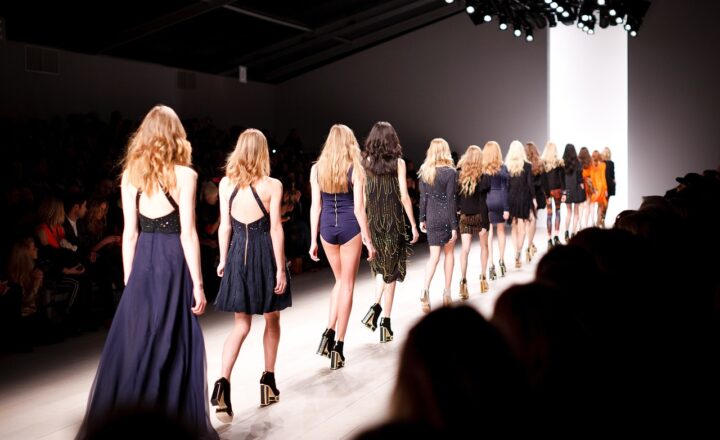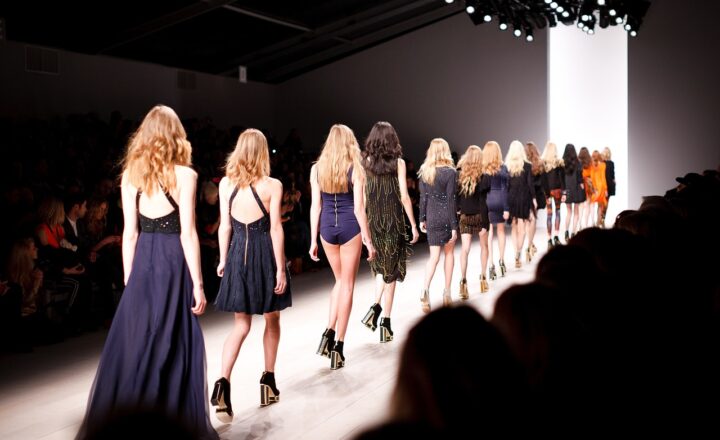
Luxury fashion has captivated hearts and minds for centuries, evolving from mere cloth to a global empire synonymous with wealth, prestige, and social status. The story of luxury fashion houses is not just about the high price tags associated with their products; it’s about the legacies forged through creativity, innovation, and sometimes sheer ambition. In this article, we will journey through the history of luxury fashion houses that have built global empires, focusing on their origins, milestones, and lasting impact on the fashion industry, the economy, and culture.
1. The Birth of Luxury Fashion Houses
Luxury fashion as we understand it today began in the 19th century against a backdrop of industrialization and wealth creation in Europe. As the middle class expanded, ornamental craftsmanship and unique design garnered attention and established a demand for high-quality, fashionable garments.
One of the earliest luxury fashion houses was founded in Paris: Charles Frederick Worth, often referred to as the father of haute couture. Worth set up his own fashion house in 1858, creating garments that were individually tailored and exclusive to high society. His use of live models during fashion shows to showcase new styles revolutionized the industry.
While Worth laid the groundwork, it was in the 20th century that luxury fashion truly exploded. Iconic designers such as Coco Chanel, Christian Dior, and Yves Saint Laurent brought their unique visions to life, and soon enough, their names became synonymous with luxury fashion.
2. The Iconic Houses and Their Founders
2.1 Coco Chanel: Challenging the Norm
Coco Chanel, an unyielding force in the fashion world, revolutionized the perception of women’s fashion in the 1920s. She introduced the little black dress and elevated the use of jersey fabric, which was previously only used for men’s underwear. Chanel’s designs emphasized comfort without sacrificing elegance, inviting women to embrace a liberated lifestyle. Her brand, Chanel, is now one of the most recognized luxury fashion houses globally, producing everything from haute couture to cosmetics.
2.2 Christian Dior: Post-War Glamour
Christian Dior’s “New Look” collection, launched in 1947, is celebrated for its hourglass silhouettes, luxurious fabrics, and intricate details that symbolized luxury and femininity. This marked a pivotal moment in fashion, establishing Dior as a defining figure in post-war fashion and solidifying the house’s status.
Dior wasn’t just a designer; he built a house that encompassed a full lifestyle brand, influencing beauty products, fragrances, and even home décor.
2.3 Yves Saint Laurent: Artistic Innovation
In the 1960s, Yves Saint Laurent blurred the lines between high fashion and ready-to-wear, empowering a generation of women with his modern and often avant-garde designs. His incorporation of street culture into luxury fashion changed the landscape and helped to democratize fashion, paving the way for casual elegance.
Saint Laurent’s sensitivity to societal shifts ensured his house remained relevant through decades of changing tastes.
3. Expansion and Globalization of Luxury Brands
As luxury fashion houses grew, their influence extended worldwide. The late 20th century saw major fashion brands expand into markets in Asia, the Middle East, and beyond, catering to a burgeoning class of affluent consumers.
This expansion showcased how effective branding could transcend borders. Houses like Louis Vuitton, Gucci, and Prada became global empires that not only offered products but also created a sense of identity and status for their consumers.
Luxury brands adopted marketing strategies that targeted affluent young adults in emerging markets, utilizing both traditional media and digital platforms. Social media platforms, such as Instagram, became a pivotal channel for luxury fashion marketing, allowing brands to connect directly with consumers.
4. The Role of Celebrity Culture
Celebrity endorsements have played a significant role in elevating luxury fashion houses. Television, film, and music icons like Audrey Hepburn, Marilyn Monroe, and more recently, the Kardashians, have influenced consumer perception and demand for luxury items, often leading to long waiting lists for new collections.
Fashion media began to embrace celebrities as brand ambassadors, placing them on runway shows and in advertising campaigns. This phenomenon transformed luxury fashion marketing strategies, intensifying the connection between celebrity culture and consumer desire.
5. Sustainability in Luxury Fashion
Today, as societal values shift towards sustainability, luxury fashion houses face pressure to adapt to these changes. Many brands are now prioritizing sustainable practices, ethical sourcing, and eco-friendly materials in their production processes. This transition is not merely a trend but a necessary evolution to reflect consumer preferences and global challenges.
Luxury brands like Stella McCartney have been at the forefront of this movement, leading by example and inspiring other labels to follow suit. Recognizing sustainability as a luxury in itself is shaping the future of the fashion industry, creating a new path for luxury fashion houses to thrive.
Conclusion: The Legacy of Luxury Fashion Houses
The history of luxury fashion houses is a beautiful tapestry woven with threads of creativity, ambition, and social change. From the inception of unique design houses in Paris to the rise of global empires, these brands shape not only the fashion landscape but also influence culture and society at large.
As we look into the future, it remains to be seen how luxury fashion houses will adapt to new challenges while maintaining the essence of what luxury means. What is clear, however, is that the legacy of these houses will continue to inspire generations to come, intertwining art, identity, and status in an ever-evolving narrative of global fashion.






